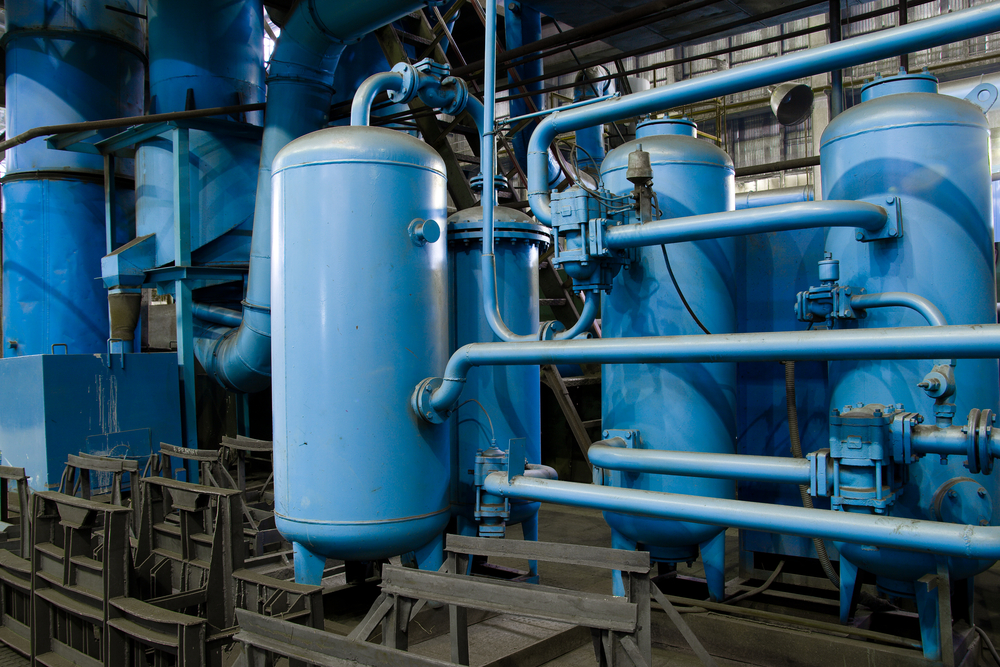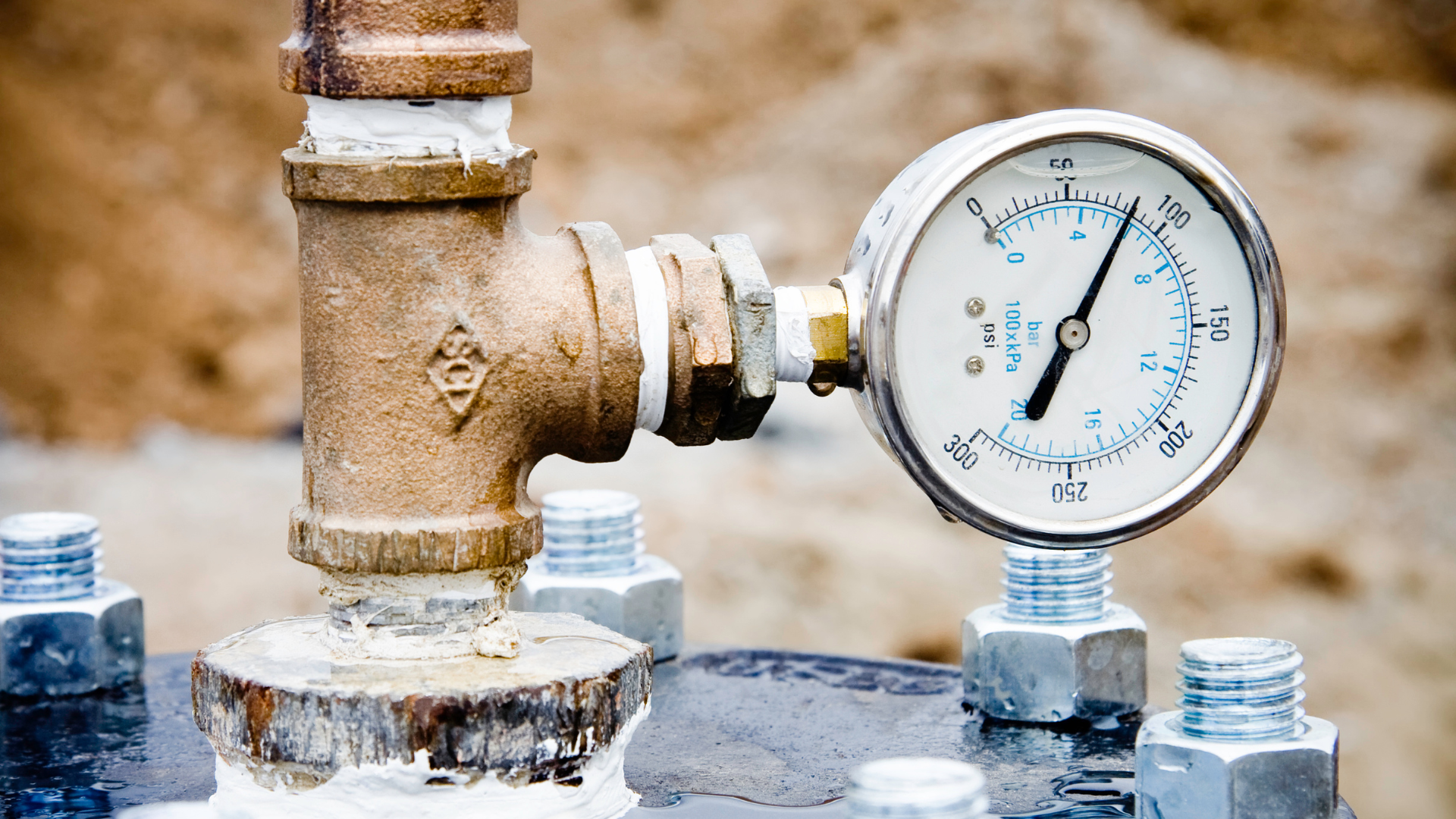An Definitive Advice to Resolving Low Water Pressure in Your Home
An Definitive Advice to Resolving Low Water Pressure in Your Home
Blog Article
The content below pertaining to Low Water Pressure in the House? is quite fascinating. You should see for yourself.

Low tide pressure in your home can be a discouraging trouble, influencing whatever from bathing to cleaning recipes. If you're experiencing weak water circulation, there are several feasible reasons and solutions to explore. In this overview, we'll review typical reasons for low water pressure and practical actions to attend to the concern efficiently.
Intro to Low Water Stress
Low tide stress takes place when the circulation of water from your faucets, showers, and other fixtures is weak than usual. This can make everyday jobs much more tough and much less efficient. Understanding the root causes of low tide pressure is critical to discovering the appropriate solution.
Usual Sources Of Low Water Pressure
Pipeline Obstructions
Gradually, pipes can become blocked with mineral deposits, sediment, or debris, restricting the flow of water. This is a typical concern in older homes with galvanized steel pipes.
Rust
Rust within pipelines can cause leaks and reduced water stress. Rust buildup can constrict water circulation, especially in aging plumbing systems.
Faulty Stress Regulatory Authorities
Pressure regulators are responsible for preserving consistent water stress in your home. If they malfunction, it can result in low tide pressure or uneven circulation throughout your house.
Local Water System Issues
In some cases, the trouble exists outside your home. Metropolitan supply of water problems, such as main line leakages or maintenance work, can briefly decrease water stress in your location.
Just How to Diagnose Low Water Pressure
Checking Taps and Fixtures
Start by examining the water pressure at different taps and fixtures throughout your home. If the problem is isolated to details areas, it may show local troubles.
Examining Pipes
Examine visible pipes for indicators of leaks, deterioration, or clogs. Pay attention to any type of unusual audios, such as banging or rattling pipelines, which can show issues within the plumbing system.
Consulting with a Plumber
If you're not able to identify the root cause of low tide stress, take into consideration employing a specialist plumber to conduct a thorough inspection. They can identify underlying problems and suggest proper remedies.
Do It Yourself Solutions to Take Care Of Low Tide Pressure
Cleaning Up Aerators and Showerheads
Mineral deposits can gather in aerators and showerheads, minimizing water circulation. Remove and cleanse these parts consistently to enhance water stress.
Flushing Water Heater
Sediment build-up in the hot water heater can restrict circulation and minimize efficiency. Purging the tank occasionally assists get rid of sediment and maintain ideal efficiency.
Checking Stress Regulatory Authority
Guarantee that the stress regulatory authority is operating properly. Readjusting or replacing the regulator can help restore correct water pressure throughout your home.
Cleaning Clogs in Pipeline
For minor blockages, try utilizing a plumbing snake or chemical drain cleaner to clear obstructions in pipelines. Beware when making use of chemicals and follow safety and security standards.
When to Call an Expert Plumber
If DIY efforts fail to solve the problem or if you think considerable plumbing problems, it's finest to seek help from an accredited plumber. They have the proficiency and devices to resolve intricate problems safely and effectively.
Safety Nets to Preserve Water Stress
Routine Maintenance
Set up routine upkeep for your plumbing system to prevent problems such as deterioration, leaks, and clogs. Attending to small issues early can help prevent more substantial fixings later on.
Installing a Stress Booster
Consider mounting a pressure booster pump to improve water pressure in locations with consistently low flow. This can be particularly valuable for multi-story homes or buildings with high-demand fixtures.
Surveillance Water Use
Bear in mind water usage routines and stay clear of overtaxing the plumbing system. Straightforward modifications, such as incredible showers and laundry lots, can assist preserve adequate water stress.
Conclusion
Managing low water pressure can be frustrating, yet identifying the underlying causes and implementing appropriate remedies can restore ideal flow throughout your home. Whether it's cleaning up aerators, evaluating pipelines, or consulting with a plumber, taking aggressive steps can make certain a consistent supply of water for your everyday requirements.
HOW TO FIX LOW WATER PRESSURE IN YOUR HOUSE (EXPERT GUIDE)
The morning shower lacking any real pressure? Bathtub taking hours to fill? Or maybe you’re dissatisfied with the inadequate performance from your combi boiler?
Then you, like millions of others across the UK, might be experiencing low water pressure.
Fortunately, the good news is that you don’t have to continue living this way. The cause of low water pressure in the home is often quite simple, and you may not even require a plumber to fix the problem.
What causes low water pressure in the house?
If you are experiencing issues with water pressure throughout your home, then you may have one of the problems outlined below.
Most of these problems can be fixed quite easily, but for others, you may need to contact a plumber.
Obstructed Shutoff Valve
If you’ve just bought a new home or recently had building work conducted on your property, there is a chance that your water valves were not fully opened.
If the water valve is partially closed, then you may be restricting the amount of water entering your home. To fix this, simply ensure the valve is fully open.
If the valve appears fully open but you are still encountering reduced water pressure, then the valve may be broken. If this is the case, do not under any circumstances try to fix it without proper training.
Often found under your kitchen sink, a water valve will usually look like a bright yellow handle.
Again, if you believe the water valve is broken, contact a plumber immediately.
Leaks in Your Water Pipes
Leaks are the worst-case scenario when it comes to low water pressure.
If the water pipes are damaged, then this will cause low water pressure, as not all the water will make it to your taps.
After you’ve checked to see if the valve is fully open, you can conduct a leak check of your home. Now, this may seem scary, but it is actually quite simple.
Clogged Water Pipes
Clogged water pipes are one of the most common causes of low water pressure.
These clogs usually build-up when your home is supplied water via iron pipes. Iron is particularly vulnerable to rusting which can then break off and cause an obstruction within your system. You also face the problem of things like dirt, gravel or sand entering creating mineral deposits which further block water flowing from the mains water supply.
Unfortunately, if you suspect that clogged pipes may be restricting your water supply, then you will need to contact a plumber.
In this situation, you will either need to have your pipes removed and cleaned or in more severe cases, you could require a new set of water pipes.
Designer Taps
Designer taps look fantastic, but are they built to be efficient in your plumbing system? Modern taps are built for modern homes and they often have lower flow rates that are specifically designed for use within high-pressure systems.
Install a Water Pressure Booster Pump
If the issue is simply that the mains water pressure supply is too low, the simplest fix is to invest in a booster pump. Found in homes of all shapes and sizes, booster pumps are a relatively cheap option to add extra pressure to your home.
Designed to increase water pressure by passing water into the pump from your mains supply and then ejecting it into your home water system at a higher pressure, a booster pump is a truly simple and effective solution to increasing water pressure.
https://www.anchorpumps.com/blog/the-plumbers-guide-to-fixing-low-water-pressure/

HOW TO FIX LOW WATER PRESSURE IN YOUR HOUSE (EXPERT GUIDE)
The morning shower lacking any real pressure? Bathtub taking hours to fill? Or maybe you’re dissatisfied with the inadequate performance from your combi boiler?
Then you, like millions of others across the UK, might be experiencing low water pressure.
Fortunately, the good news is that you don’t have to continue living this way. The cause of low water pressure in the home is often quite simple, and you may not even require a plumber to fix the problem.
What causes low water pressure in the house?
If you are experiencing issues with water pressure throughout your home, then you may have one of the problems outlined below.
Most of these problems can be fixed quite easily, but for others, you may need to contact a plumber.
Obstructed Shutoff Valve
If you’ve just bought a new home or recently had building work conducted on your property, there is a chance that your water valves were not fully opened.
If the water valve is partially closed, then you may be restricting the amount of water entering your home. To fix this, simply ensure the valve is fully open.
If the valve appears fully open but you are still encountering reduced water pressure, then the valve may be broken. If this is the case, do not under any circumstances try to fix it without proper training.
Often found under your kitchen sink, a water valve will usually look like a bright yellow handle.
Again, if you believe the water valve is broken, contact a plumber immediately.
Leaks in Your Water Pipes
Leaks are the worst-case scenario when it comes to low water pressure.
If the water pipes are damaged, then this will cause low water pressure, as not all the water will make it to your taps.
After you’ve checked to see if the valve is fully open, you can conduct a leak check of your home. Now, this may seem scary, but it is actually quite simple.
Clogged Water Pipes
Clogged water pipes are one of the most common causes of low water pressure.
These clogs usually build-up when your home is supplied water via iron pipes. Iron is particularly vulnerable to rusting which can then break off and cause an obstruction within your system. You also face the problem of things like dirt, gravel or sand entering creating mineral deposits which further block water flowing from the mains water supply.
Unfortunately, if you suspect that clogged pipes may be restricting your water supply, then you will need to contact a plumber.
In this situation, you will either need to have your pipes removed and cleaned or in more severe cases, you could require a new set of water pipes.
Designer Taps
Designer taps look fantastic, but are they built to be efficient in your plumbing system? Modern taps are built for modern homes and they often have lower flow rates that are specifically designed for use within high-pressure systems.
Install a Water Pressure Booster Pump
If the issue is simply that the mains water pressure supply is too low, the simplest fix is to invest in a booster pump. Found in homes of all shapes and sizes, booster pumps are a relatively cheap option to add extra pressure to your home.
Designed to increase water pressure by passing water into the pump from your mains supply and then ejecting it into your home water system at a higher pressure, a booster pump is a truly simple and effective solution to increasing water pressure.
https://www.anchorpumps.com/blog/the-plumbers-guide-to-fixing-low-water-pressure/
I hope you enjoyed our piece about 10 Reasons for Low Water Pressure in Your House. Thanks a lot for taking time to browse our content. Sharing is caring. You never know, you may be doing someone a favor. Thanks a bunch for being here. Kindly come by our website back soon.
Call Today Report this page